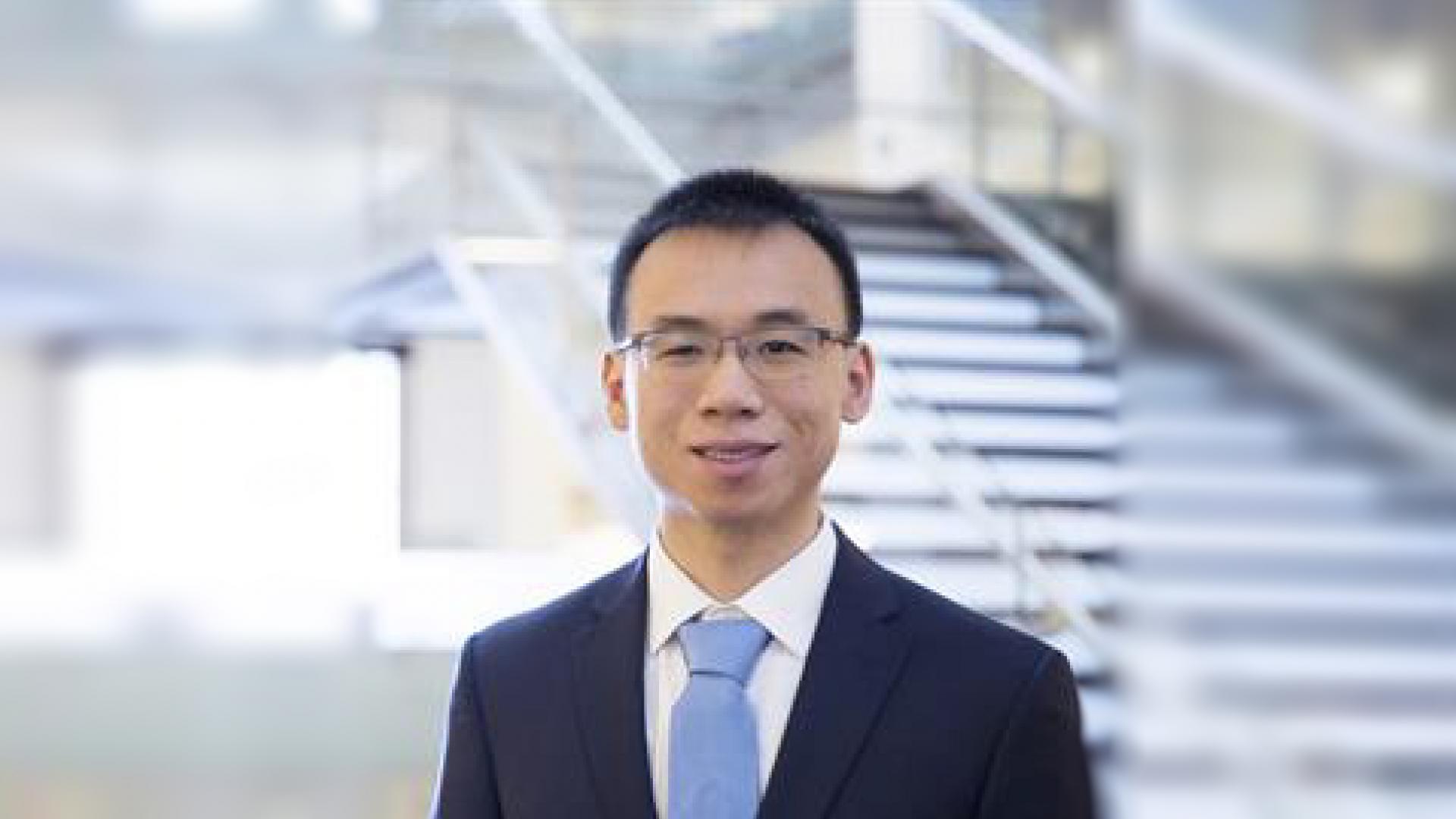Professor Li delivered an invited talk on deep UV lasers and BAlN at ICMAT in Singapore!
Aditya's (PL) paper about nanocluster in III-nitride nanowires gets accepted by the Journal of Nanophotonics!
ASL welcomes the 6th, 7th, and 8th interns, Carlos, Mohsen, and Fatimah!
Muwei's paper about the electronic structure of wurtzite BAlN gets accepted by PSSB!
This exclusive series of roundtables will bring together 100+ university presidents, senior innovation and technology business leaders, entrepreneurs, government agencies, and venture capitalists from Saudi Arabia and the United States of America. Discussions will focus on enhancing collaboration and partnership agreements between the two countries and exploring joint research and investment opportunities catalyzed by Saudi Arabia’s Vision 2030.
Haiding's APL paper is highlighted by Compound Semiconductor!
Feng Wu's paper about IQE of UV emitters gets accepted by JPD!
Haiding's paper about AlN epitaxy gets accepted by APL!
Nasir's APL paper is highlighted by Compound Semiconductor!
Xiaohang Li is an assistant professor of electrical engineering in the University’s Computer, Electrical and Mathematical Science and Engineering (CEMSE) Division. He received his B.S. degree in applied physics from Huazhong University of Science and Technology (China); his M.S. degree in electrical engineering from Lehigh University (U.S.); and his Ph.D. in electrical engineering from Georgia Tech (U.S.).
In this paper,1 we investigated the photoinduced entropy of InGaN/GaN p-i-n nanowires using temperature-dependent (6–290 K) photoluminescence. We also analyzed the photocarrier dynamics in the InGaN active regions using time-resolved photoluminescence. An increasing trend in the amount of photoinduced entropy of the system above 250 K was observed, while we observed an oscillatory trend in the generated entropy of the system below 250 K that stabilizes between 200 and 250 K. Strong exciton localization in indium-rich clusters, carrier trapping by surface defect states, and thermodynamic entropy effects were examined and related to the photocarrier dynamics. We conjectured that the amount of photoinduced entropy of the system increases as more non-radiative channels become activated and more shallowly localized carriers settle into deeply localized states; thereby, additional degrees of uncertainty related to the energy of states involved in thermionic transitions are attained.
Haiding's poster won in 2017 KAUST-NSF Research Conference Poster Competition! Congratulations!
ASL welcomes the fifth intern student, Yangrui!
Kuang-Hui and Hamad filed the second U.S. patent application on their ground-breaking MOCVD technologies!
Our funding proposal has been accepted for the 1st GCC Research Program!









